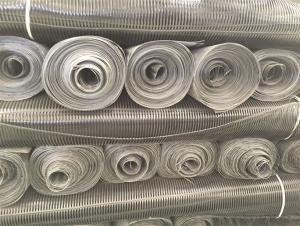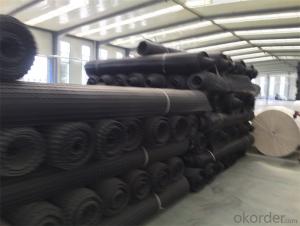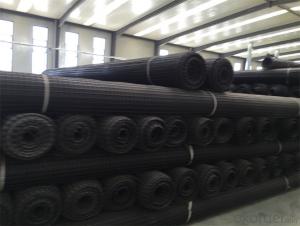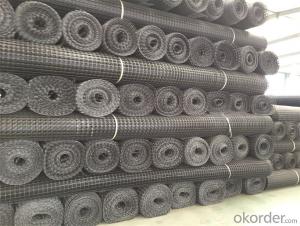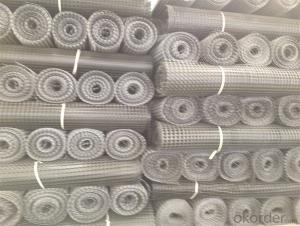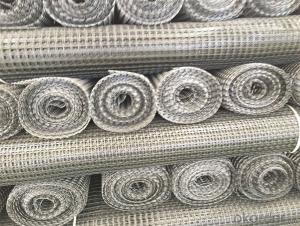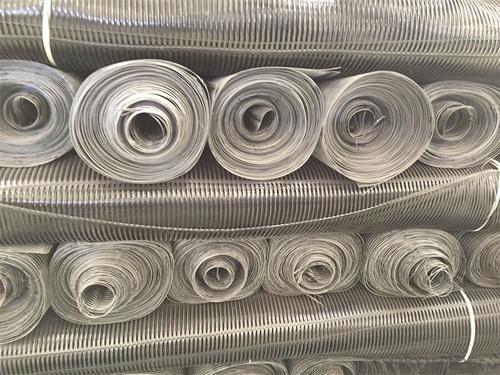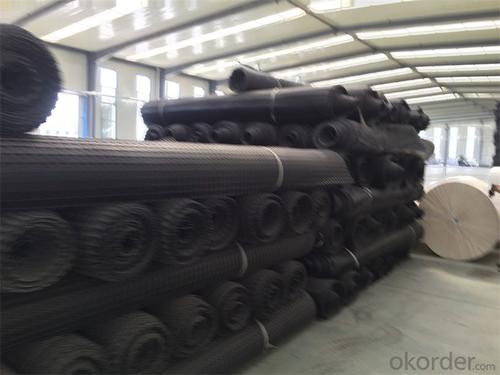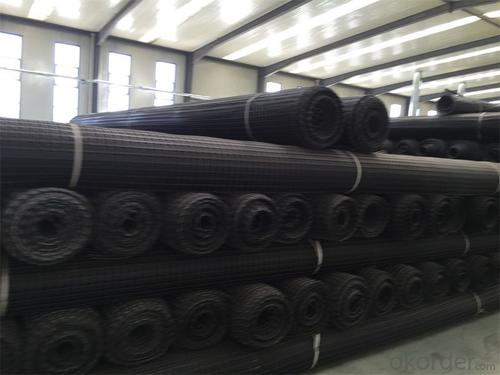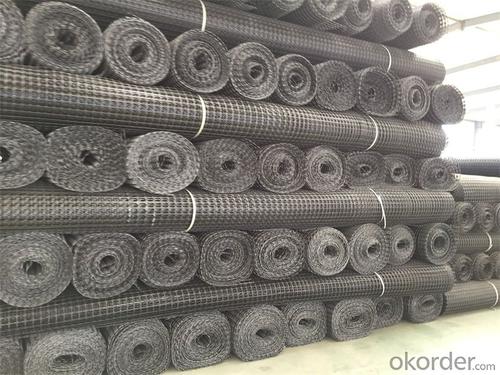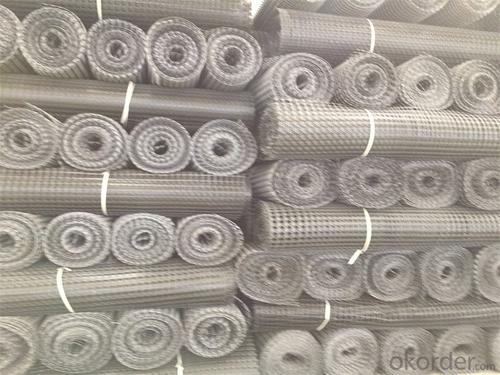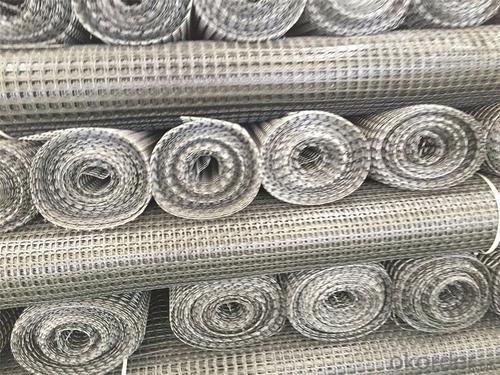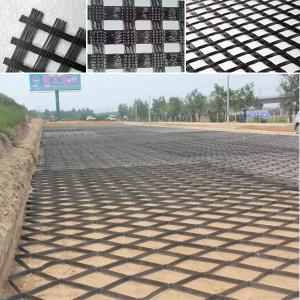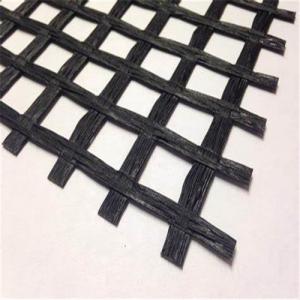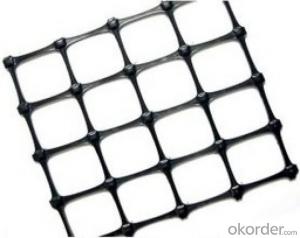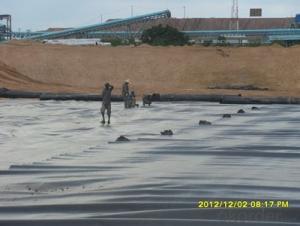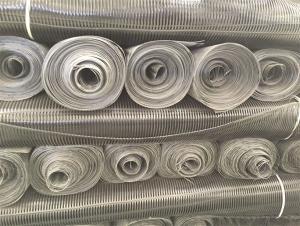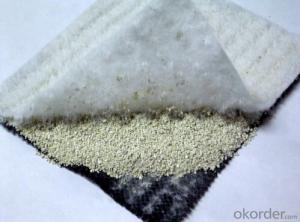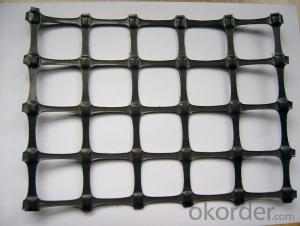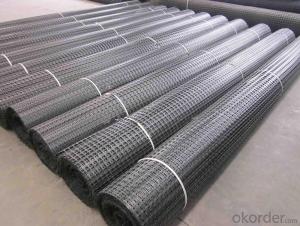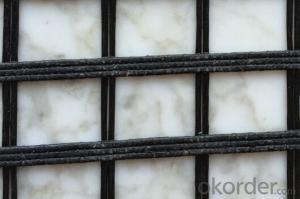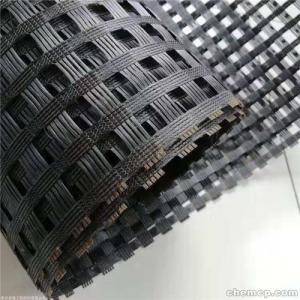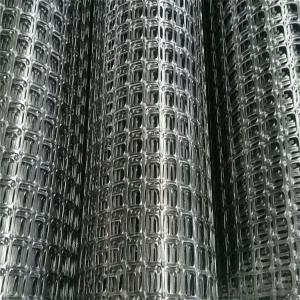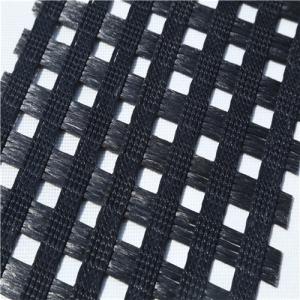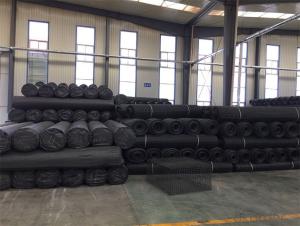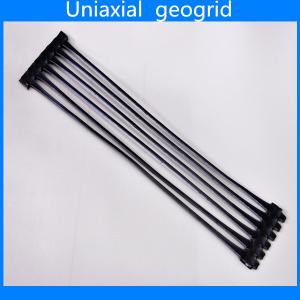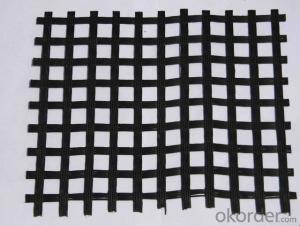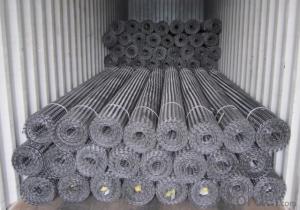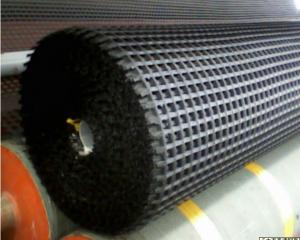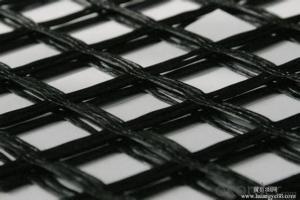High Tensile Strength Polyester Geogrids Manufacturer
- Loading Port:
- Tianjin
- Payment Terms:
- TT OR LC
- Min Order Qty:
- 20000 m²
- Supply Capability:
- 50000000 m²/month
OKorder Service Pledge
OKorder Financial Service
You Might Also Like
Fiberglass Geogrid Introduction:
Fiberglass geogrid is a kind of planar mesh material using alkali-free fiberglass yarn as base body and then coated with high quality modified asphalt. It is warp knitted with oriental structure which gives full play of yarn strength and improves its mechanical property to make the product high tensile, tearing and creep-resistant. Moreover, the composite property of coating with asphalt makes full protection of the fiberglass matrix and greatly improves its wear and shear resistance. All the advantageous functions make the product have a good performance in pavement strengthening, track cracking and solving difficulties of strengthening the bituminous pavement.
Fiberglass Geogrid Features:
1. Light weight, high tensile strength, high modulus, low elongation and good toughness.
2. Corrosion resistance, no long-term creep, long life span.
3. Good physical and chemical stability and good thermal stability.
4. Resistant to fatigue cracking, high-temperature track and low temperature shrinkage cracking.
5. Delaying and decreasing crack reflection.
Specifications | PET20-20 | PET30-30 | PET40-40 | PET50-50 | PET80-80 | PET100-100 | PET120-120 |
Elongation(%) | 10%~15% | ||||||
Vert Tensile strength(KN/m) | 20 | 30 | 40 | 50 | 80 | 100 | 120 |
Horiz Tensile strength(KN/m) | 20 | 30 | 40 | 50 | 80 | 100 | 120 |
Grid(mm) | 12.5×12.5 20×20 24.5×24.5 | ||||||
Width(m) | 1—6 | ||||||
Fiberglass Geogrid Application:
1. Road surface asphalt overlay construction engineering; Asphalt layers
reinforcement.
2. Converting old cement concrete road into composite road; Restraining
reflection cracking caused by block shrinkage.
3. Road extension; Preventing and controlling the cracking caused by new
and old combination and uneven settlement.
4. Treatment of the conjunction between tunnel and bridge or foundation.
Packaging & Shipping:
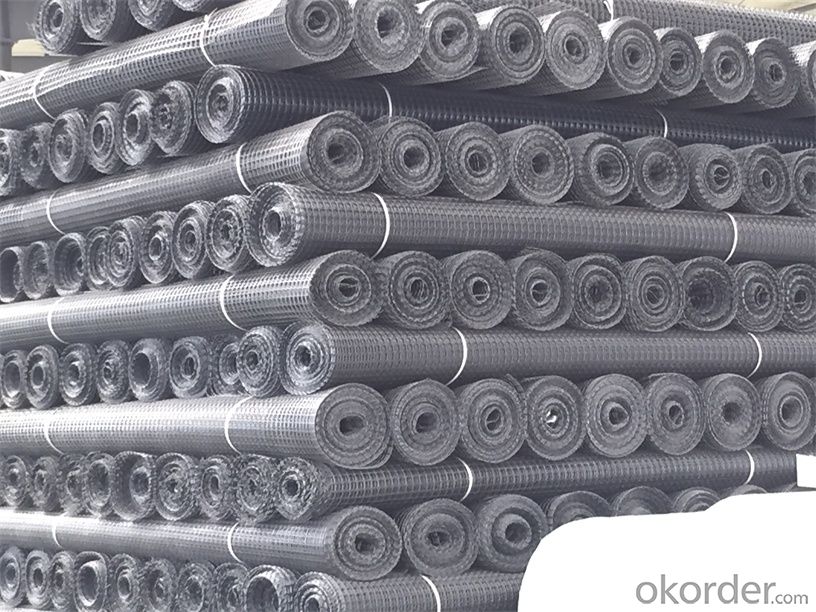
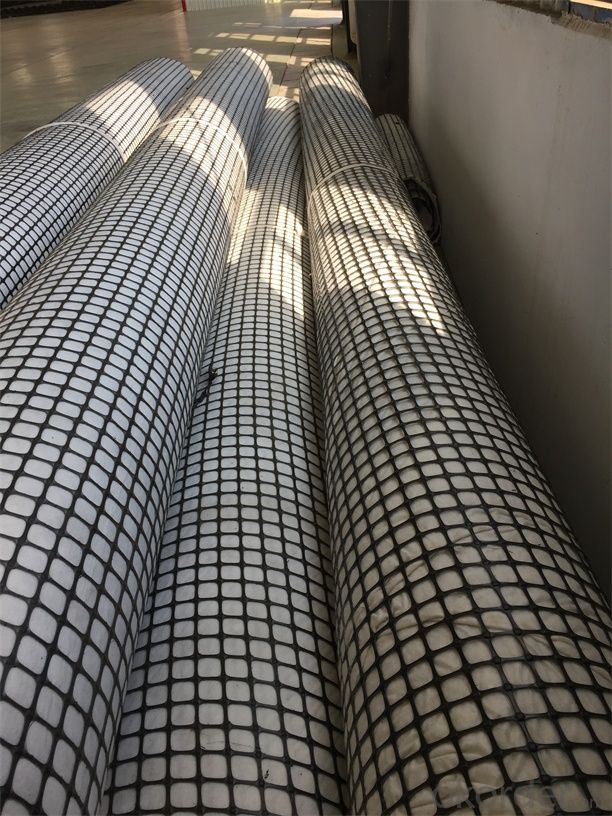
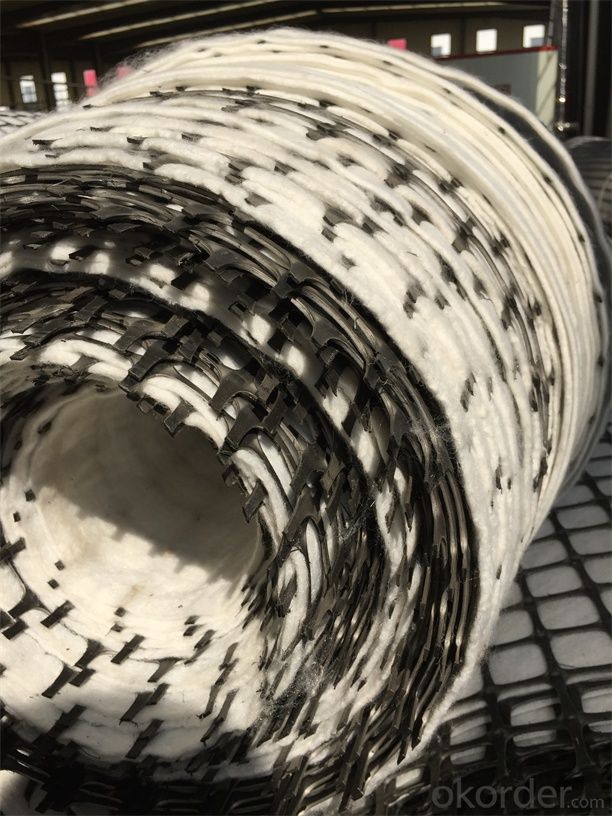
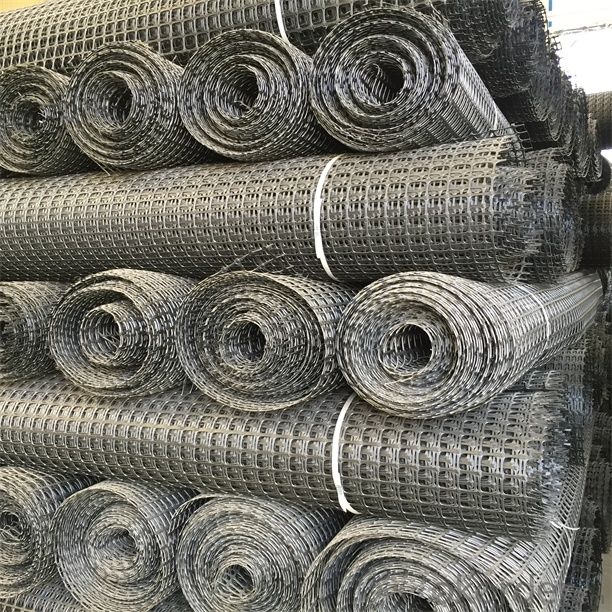
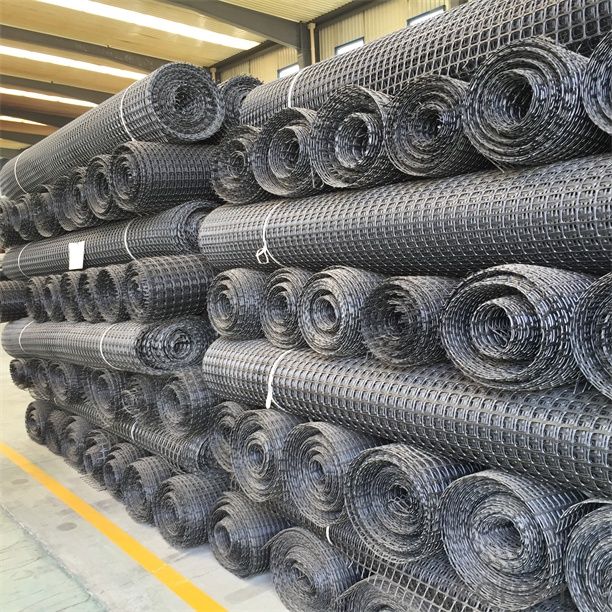
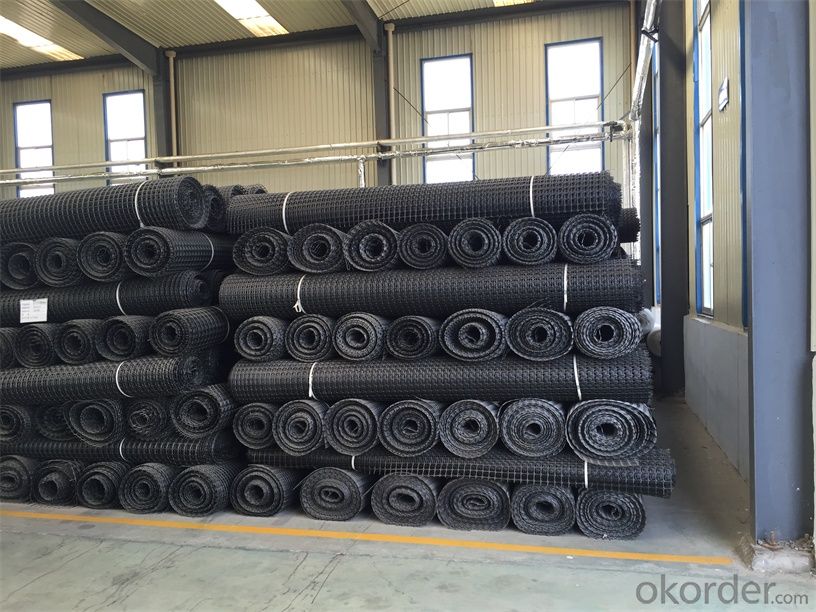
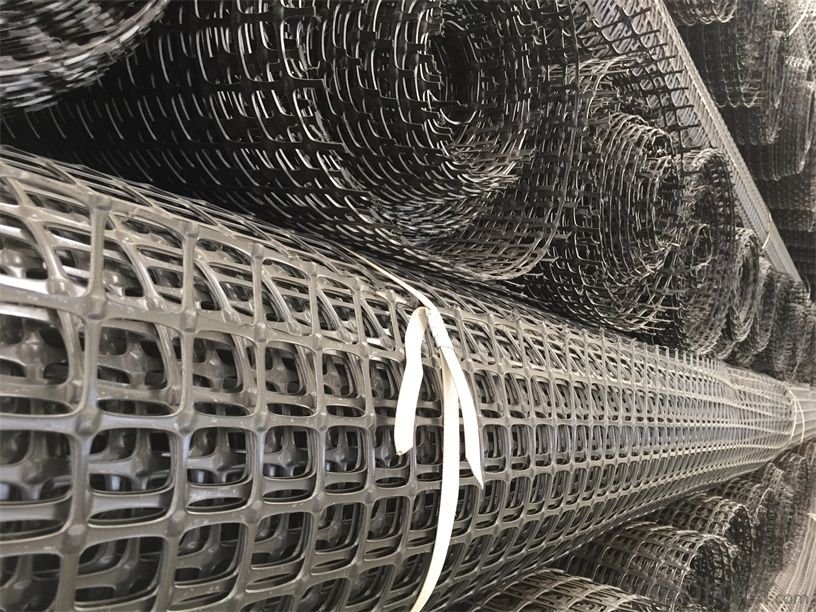
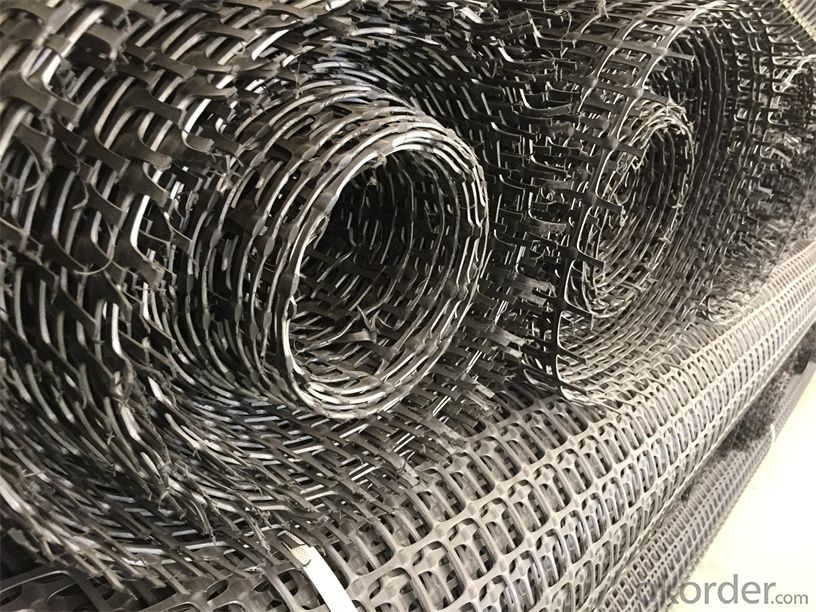
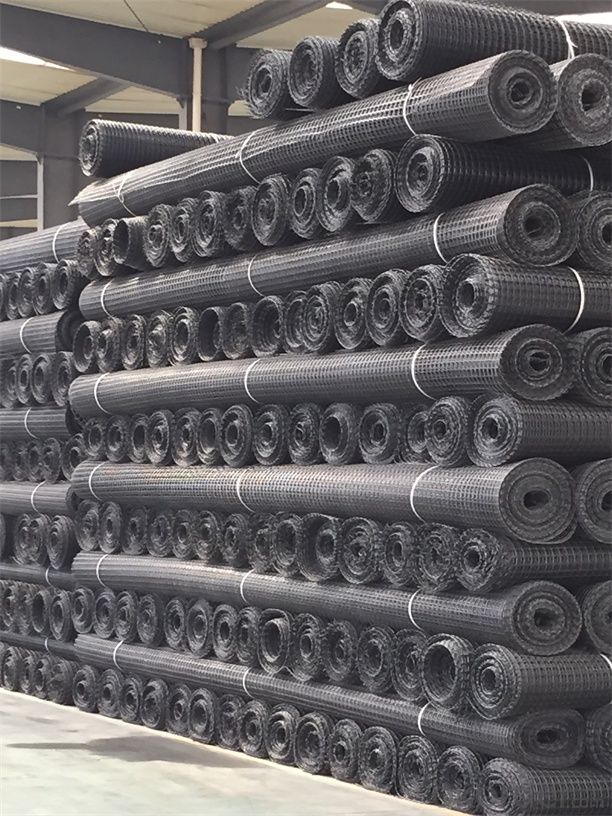
FAQ:
1. How to order your geogrid ?
a) Tensile strength in warp & weft direction
b) Grid size
c) Roll Width and length
d) Quantity
2. What is the Payment term?
a) TT
b) LC AT SIGHT
c) cash
d) 30% contact value as deposit ,the blance 70% be paid after received the copy of bl .
3. Delivery time
a) 19-25 days after received your depsit .
4. What is MQQ ?
a) 2500 m2 as MQQ , we can also produce sample for you .
Welcome to send your inquiry to us, and if you have any question, we can also help you.
- Q: How do geogrids improve the load-bearing capacity of foundations?
- Geogrids improve the load-bearing capacity of foundations by providing reinforcement and stability to the soil. These geosynthetic materials are placed within the soil layers and their interlocking geometry creates a more rigid and compact structure. This helps distribute the load evenly across a wider area, reducing the risk of settlement and increasing the overall strength of the foundation.
- Q: Can geogrids be used in shoreline protection?
- Yes, geogrids can be used in shoreline protection. Geogrids are commonly used to stabilize and reinforce soil, including in coastal areas. They can provide erosion control, improve soil stability, and enhance the overall resilience of shorelines against waves and tidal forces.
- Q: Do geogrids affect soil drainage?
- Yes, geogrids can affect soil drainage. Geogrids are typically used to reinforce soil and improve its stability. While they do not directly impact soil drainage, their installation can alter the flow of water through the soil. If not properly designed, geogrids can obstruct the natural drainage paths, leading to potential issues with water buildup. Therefore, it is important to consider the design and placement of geogrids to ensure proper soil drainage.
- Q: How do geogrids improve the performance of mechanically stabilized slopes in expansive soils?
- Geogrids improve the performance of mechanically stabilized slopes in expansive soils by providing reinforcement and preventing soil movement. They increase the tensile strength of the soil, reducing the potential for slope failures and soil erosion. Additionally, geogrids distribute the load more evenly across the slope, reducing stress concentrations and increasing stability.
- Q: Are geogrids suitable for use in soil reinforcement for pipeline river crossings?
- Yes, geogrids are suitable for use in soil reinforcement for pipeline river crossings. Geogrids are engineered materials that provide stability and strength to soil structures. They can effectively reinforce the soil and prevent erosion, which is essential for maintaining the stability of pipelines in river crossings. Additionally, geogrids have high tensile strength and are resistant to environmental conditions, making them a reliable choice for such applications.
- Q: Are geogrids suitable for coastal engineering projects?
- Yes, geogrids are suitable for coastal engineering projects. They are commonly used to reinforce and stabilize coastal structures such as seawalls, breakwaters, and revetments. Geogrids provide excellent soil reinforcement, preventing erosion and enhancing the stability of coastal structures in the face of wave action and tidal forces. Furthermore, their high tensile strength and durability make them ideal for withstanding the harsh marine environment.
- Q: How do geogrids improve soil reinforcement?
- Geogrids improve soil reinforcement by providing tensile strength and stability to the soil. They act as a reinforcement material, distributing the applied loads more evenly across the soil and preventing the soil from shifting or settling. This helps to enhance the overall stability and performance of the soil structure, making it more resistant to erosion, shear forces, and other types of geotechnical challenges.
- Q: What are the design considerations for geogrid reinforcement?
- Some design considerations for geogrid reinforcement include the type and strength of the geogrid material, the required level of soil stabilization, the anticipated loads and stresses on the reinforced soil structure, and the desired lifespan of the structure. Other factors to consider include soil characteristics, installation and construction procedures, and environmental conditions. Additionally, the design should account for factors such as slope stability, drainage, and potential settlement.
- Q: Can geogrids be used in coastal protection structures?
- Yes, geogrids can be used in coastal protection structures. Geogrids are often employed in coastal engineering projects to reinforce soil and prevent erosion. They provide stability and strength to various coastal structures such as seawalls, revetments, and breakwaters, helping to mitigate the impact of waves, tides, and currents.
- Q: What is the minimum net size of geogrid mesh center?
- WhaThis depends on the material, the grid size of different materials is different, fiberglass and polyester because it is prepared, so the smallest mesh size, plastic medium, the largest steel and PP welding.t is the minimum net size of geogrid mesh center?
Send your message to us
High Tensile Strength Polyester Geogrids Manufacturer
- Loading Port:
- Tianjin
- Payment Terms:
- TT OR LC
- Min Order Qty:
- 20000 m²
- Supply Capability:
- 50000000 m²/month
OKorder Service Pledge
OKorder Financial Service
Similar products
Hot products
Hot Searches
Related keywords
